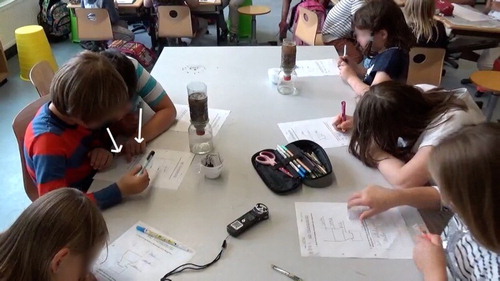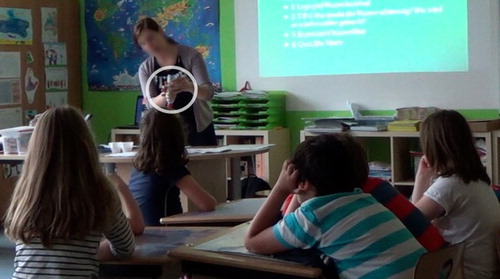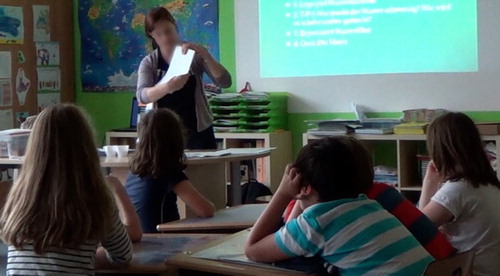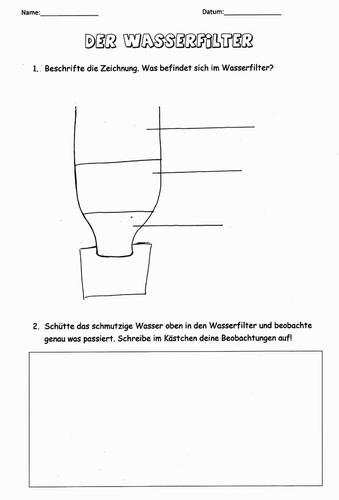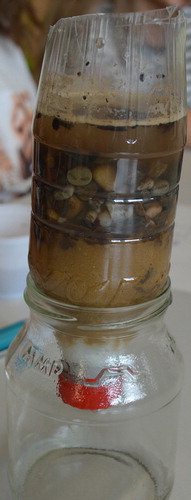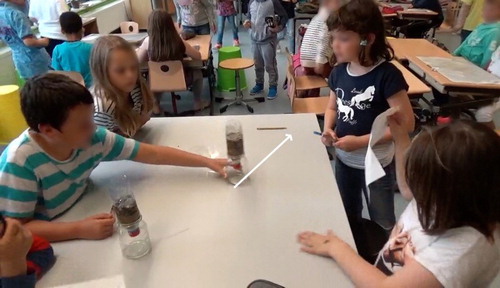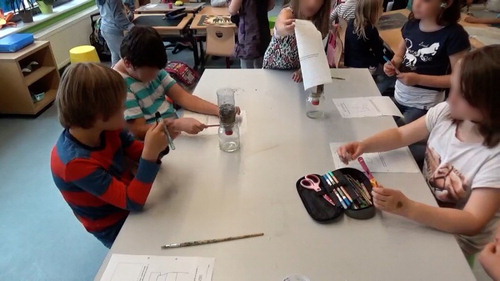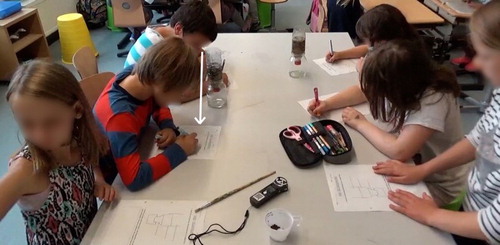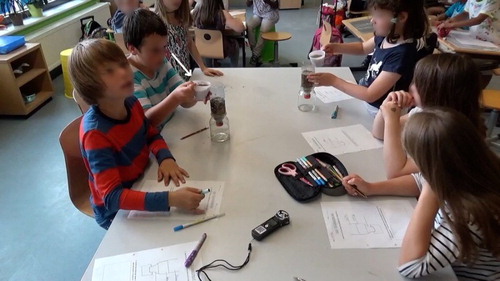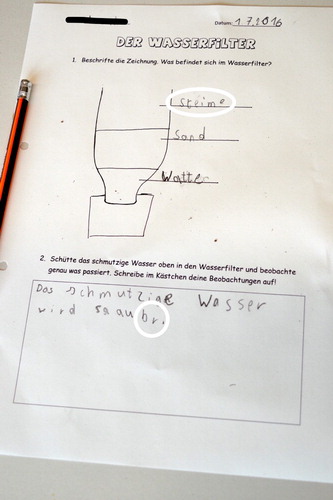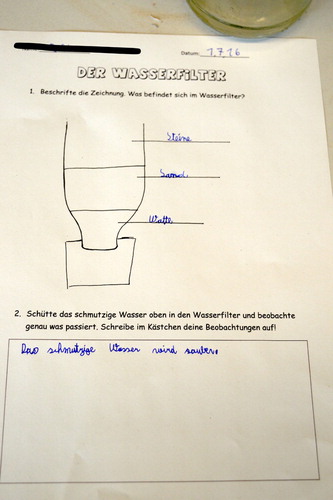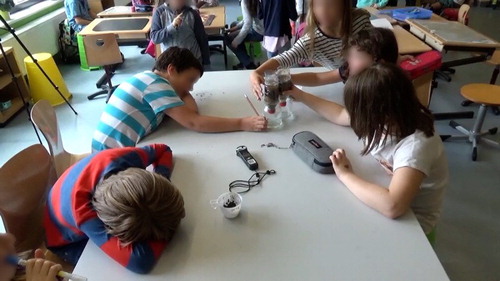Figures & data
Figure 1. Latest data available by cycle concerning public preschool and primary schools in Luxembourg by nationality. Source: Adapted from MENJE (Citation2015, p. 8).
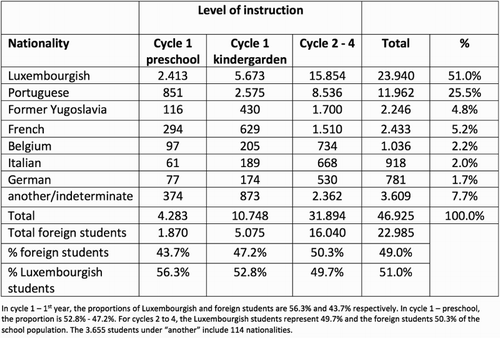
Figure 2. Languages spoken at home by children from age 3 to 12 and its evolution from 2009 until 2015. Source: Adapted from MENJE (Citation2016, p. 90).
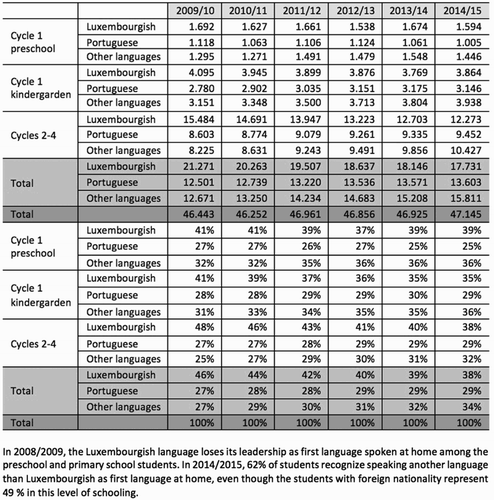
Figure 3. Two groups of students working on the same task. Group 1 is composed by Pedro, Anna and Sara; Group 2 is composed by Jana, Robert, Laura.

Figure 6. Teacher explaining the hand out boxes to fill in for the results of the water filtering task.
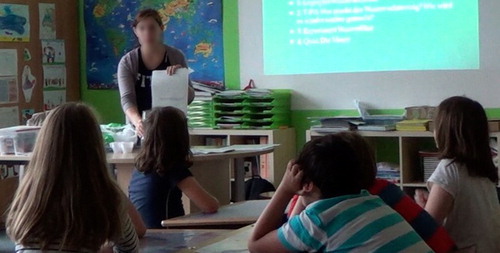
Figure 12. Pedro smelling the top of the filter playfully, placing his hand over his nose to show that the filter did not smell good.
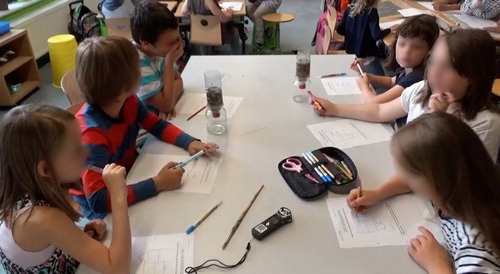
Figure 15. Pedro asking to the teacher while pointing to the bottom of the water filter “Are there holes here?”.
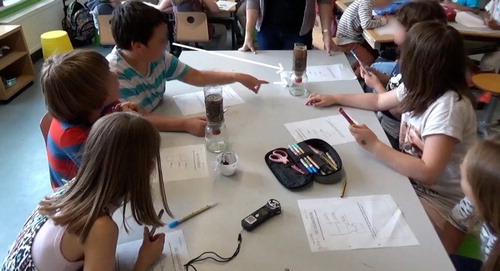
Figure 16. Pedro's playful attitude here pretending to mix the dirty water at the top of the water filter.
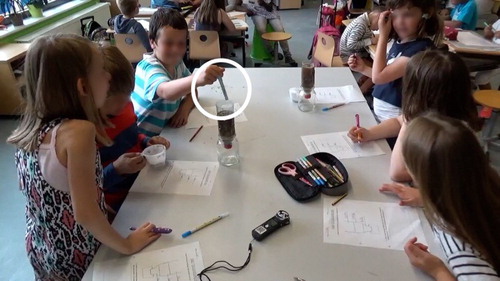
Figure 17. Pedro positions himself very close to Robert's handout and asks him to clarify a letter he cannot identify.
